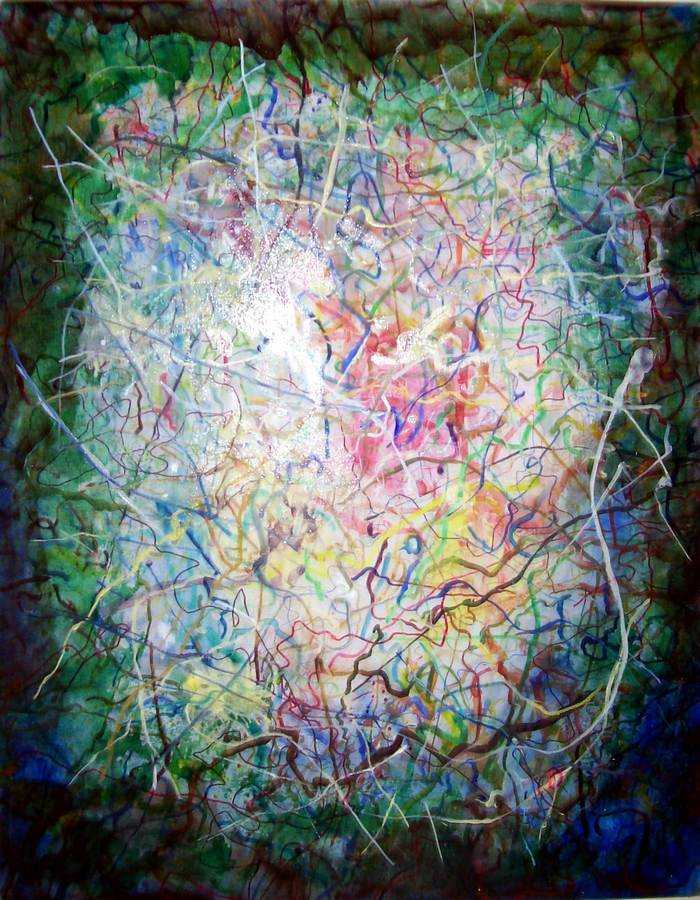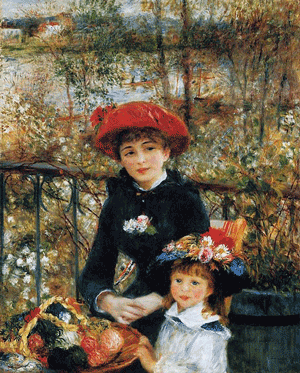
In this allegorical painting, Death is personified in the traditional Grim Reaper looking down on Life represented by all ages, incluing a mother, grandmother and a baby. A possible interpretation of this gloomy yet peaceful painting is to tell the viewers that there is no reason to fear death. What’s innovative about this painting is that the skeletons in black robes, who are reminiscent of the frightening Grim Reaper, are depicted as lovable and gentle figures tending to flowers: One is shown with a watering can and the other is holding up to his chest a bunch of flowers. Perhaps the the road at the top of the painting is what leads towards heaven. It might have been inspired by the traditional idea of the purgatory. The strange flowers are symbols of the souls of the dead. Look for the recurring dark theme of death and mortality (hint: skulls and skeletons)Īccording to to the artist, this is a waiting place before arriving at heaven. Note the influence of Impressionism on the color composition of this painting. Note the Pre-Raphaelite influence on this painting: the woman of ideal beauty with long, flowing red hair, her wistful gaze and the title of the painting which is based on a line from a poem. I lock my door upon myself by Fernand Khnopff Hesiod, a Greek poet, is shown here with a lyre in the presence of the Muse of song and poetry. Pornocrates La dame au cochon – The Lady with the Pig by Félicien Rops It symbolizes the start of a new life while another is ending. Surrounding the grave where the old man had been standing and which will be his ultimate resting place, there’s growing grass. The green light she holds most likely represents his soul. She had just caught an old gravedigger by surprise, as evident from his tense hand grasping at his own heart. In this painting the black dress and wings of the Angel of Death contrast with the white background of the snow-covered graveyard. The Death of the Grave Digger by Carlos Schwabe Sometimes they’re used in a playful and humorous way which is foreign to Symbolist art. As for Surrealist art, symbols are often irrational and nonsensical. Also there is always a single, coherent idea that ties up all the strange symbols in one painting. Surrealism: Despite the common characteristic of placing objects in bizarre juxtapositions in both art styles, there is one main difference: in a Symbolist artwork, everything is meaningful. The artists used mythological characters and biblical events: dark spirits, angels, gods and goddesses. The Three Brides below is an example where the three brides represent three states of the soul. Extending the symbolism to a whole painting makes it allegorical.

Most of the symbolism referred to death, decadence and debauchery. For example, the terrifying angel in The Death of the Grave Digger (below) symbolizes death. Madam Stuart Merrill – Mysteriosa by Jean DelvilleĪs the name of the art movement implies, the paintings display objects–symbols–that represent abstract ideas. In this painting, Love, Wealth and Glory appear to a sleeping traveler. This Finnish masterpiece inspired a music video by fellow countrymen and women of heavy metal band Nightwish The atmosphere evokes feelings of gloominess and other-worldliness. On the boat, there’s a draped coffin and a mysterious, statuesque figure shrouded in white. In this painting an oarsman is slowly rowing towards a small, desolate islet with openings that suggest of sepulchres. On the other hand, the Symbolist figures are statuesque, eternally suspended in motion against haunting landscapes. They were also rebellious and often contained a political message. As for the violent, dream-like scenes of Romantic art, unlike the Symbolist ones, they were moments of action – heavily dramatic. The Symbolists were not interested in that. The Romantics had a fascination with nature and how we’ve become alienated from it. Romanticism: Although both Romantic and Symbolist artists had an interest in mysticism and horrific visions, they differed on multiple points. The atmosphere is always unsettling and gloomy. You’ll find haunting, mysterious figures, evil women, supernatural monsters and demons, and imagery of sex and death.

The visions are otherworldly and mystical. Symbolist paintings are dim, nightmarish scenes where artistic imagination is overtaken by the morbid and the macabre.
#Types of imagery in paintings how to#
How to identify Symbolist art? (Five Features)


 0 kommentar(er)
0 kommentar(er)
